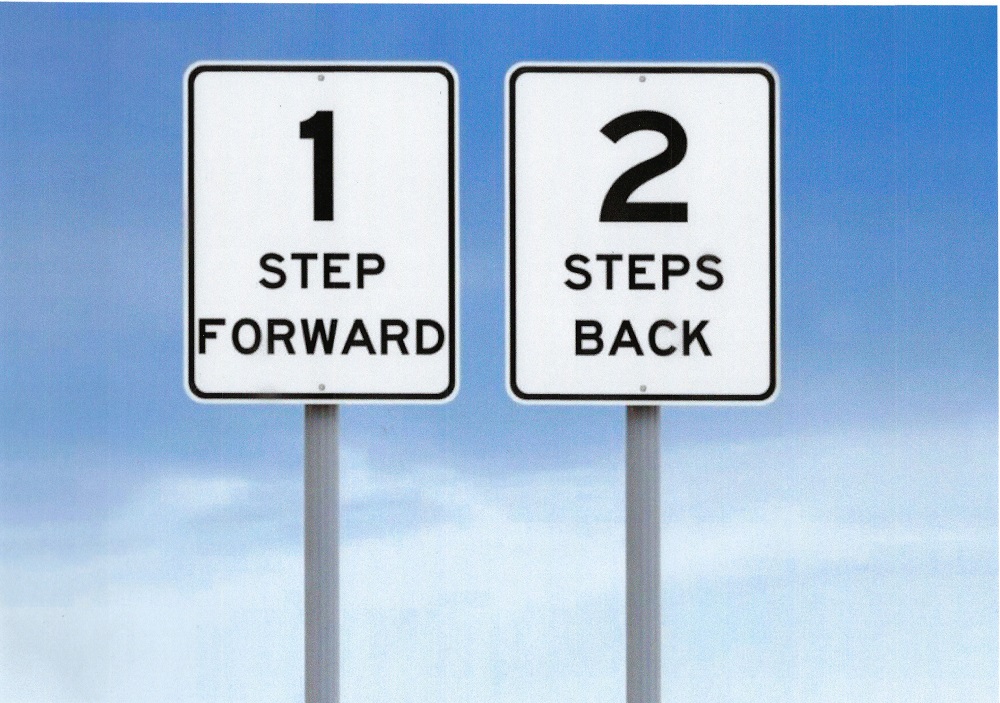“No man is an island entire of itself; every man is a piece of the continent, a part of the main”. John Donne, 1624.
It’s rare to embark on a work project that doesn’t depend on other people for investment, support, resources, or all three. Because working with multiple stakeholders could prove one of your biggest challenges, managers and leaders need to know about and handle stakeholder management well.
Get it wrong and your project could be delayed, become a lot more complicated than it should be, or even fail completely. Get it right and it’s more likely to pass the finish line in good shape and achieve the outcomes you were aiming towards.
This article explores the best ways to communicate effectively with the stakeholders you want to convince, get them on board, and keep them there.

What is stakeholder management?
Stakeholders can be internal or external to the business. They can come from every kind of department and every level of seniority. Basically, if someone is affected by your project or they’re actually working on it, they have a stake in its success.

Stakeholder management defines the process of maintaining good relationships with the people who have the biggest impact on your plans. You want everyone to be on the same page, working shoulder to shoulder and facing in the right direction. Because everyone’s personality is different, managing stakeholders involves communicating with each person in a way that’ll get the best out of them, manage their expectations, and inspire them onwards.
Top stakeholder management tips
Basically, when you understand the concerns of the people involved and manage the project professionally, you’ll get a handle on the potential objections you might face beforehand and will know how to counter them if they occur.
First, strategic thinking, the cornerstone of every great partnership. What do you actually want to accomplish? Clarity is always so helpful. What’s the goal and what are the deadlines? Goal setting and expectation management will help you to keep things moving in the right direction.

Clear, proactive communications are vital. We all have our own preferred communication style so it’s a matter of pinning down people’s styles then engaging with them in the way they’ll respond to, basically using their language. If anything it’s better to overdo the comms rather than under-do it, then you know for sure everyone has all the information they need. You might want to flex your style to suit what matters most to someone, or match their level of understanding.
Great communication also demands listening skills, of course. Active listening involves seeking and welcoming feedback in a non-judgemental way, inviting people to share their opinions, feelings and worries. Deal with these as they arise and they won’t surprise you down the line.
Organisation skills are also key. When you have a large and disparate team of stakeholders it can be a lot like trying to herd cats. Because everyone has their own set of expectations and priorities, clarity means everything. Make sure everyone knows exactly what their roles and responsibilities are, bring your project management skills to the fore, and things are more likely to fall into place. You might even find it useful to create a stakeholder engagement plan.
It’s important to understand each stakeholder’s priorities, empathise with their frustrations, and figure out ways to streamline the processes you’ve set in place. Regular status update meetings are an excellent way to keep everyone on track and get their valuable input.
Nobody likes nasty surprises, another good reason to meet regularly for catch-ups. Nobody enjoys being presented with problems either, so better to slow down at this point, even if it does feel as though you have taken one step forward and two backwards.

Do your best to anticipate problems or tricky issues and find potential solutions before meeting with your stakeholders. If you haven’t found a solution, at least you can throw some decent ideas into the mix to fire up a solution-focused brainstorm.
Finally, don’t be scared to disagree or flag up issues early. Just make sure you provide constructive criticism and let everyone contribute to those conversations.
If all this sounds like an emphasis on relationship building and agile communication, that’s because these aspects are the basis of strong stakeholder management. The idea is to build effective, engaged, and cohesive links with those involved as quickly and effectively as possible. This gives you a real head start and a broader capacity to focus on the specific project, hit the deadlines, and meet the goals.
How to avoid Groupthink
As a leader you want to move groups into a mode where they think for themselves while remaining collaborative. So what can you do to head Groupthink off at the pass whenever you notice it happening? The first step is to understand why it happens.
Group identity is powerful stuff, something that you see when the members of a group have similar outlooks and values. A particularly strong group identity can make members feel invulnerable, always in the right and even superior to others. If it reaches extremes, members might disapprove of those outside the group, going as far as treating them with disrespect.
The same goes when there’s a powerful leader in charge whose charisma mesmerises everyone. It’s hard to fight your corner against someone like that. Extreme stress and tricky moral dilemmas can drive a team to Groupthink. When people in the group don’t have the knowledge needed to make decisions, or feel others in the group are better equipped, things can also skew into Groupthink.
Get support identifying and working with stakeholders
Do you have a big project coming up with stakeholders at its heart? We can support and coach you in identifying and working with your stakeholder population in a positive way that’ll smooth everyone’s path.
About us:
We create the space for leaders to step back, think clearly, and navigate complexity with confidence. By sharpening the narrative that drives decisions, teams, and performance, we help leaders move forward with clarity and impact. Our approach blends deep listening, incisive challenge, and commercial focus—strengthening leadership at every level, from business transformation to boardroom decisions.
“We share resources that help coaches deepen their practice and expand their impact. The articles on this site are designed to spark fresh thinking, offer practical tools, and support the continuous growth of coaches at every stage. “
Jude Elliman
Founder
Our Core Approach:
We work with leaders to sharpen their thinking, strengthen their leadership, and navigate complexity with confidence. Our approach is built around three core areas:
Narrative Coaching – Working with the stories that shape leadership, teams, and organisations.
Commercial Focus – Cutting through complexity to drive clear, strategic decisions.
Challenge & Space – Asking the right questions while creating the space to reflect and grow.
Through this, we help leaders drive transformation, align teams, and make high-stakes decisions with clarity and impact.
